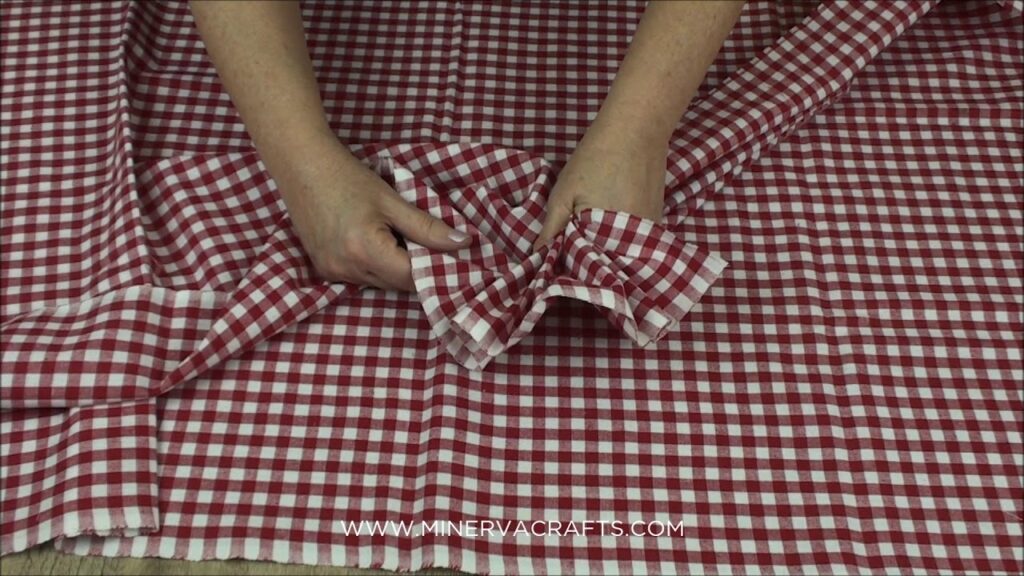Broadcloth and gingham are classic fabrics. These all-purpose materials are used for clothing and décor. They’re easy to sew and handle.
Sewing Broadcloth
This fine fabric has a slightly uneven surface with extremely fine ribs and a slight sheen. Broadcloth is a tightly woven, soft material. Though it is often 100% cotton, cotton blends are also available, such as poly/cotton.
For best results, broadcloth seams are usually finished. Choose from stitched and pinked, or zigzagged. Recommended seam types include self-bound, mock French, and French. Both all-purpose and extra fine threads are appropriate. Choose from cotton, silk, and poly/cotton thread.
Broadcloth is machine washable. Coldwater is best as high temperatures can cause cotton to shrink. If the fabric is preshrunk before the item is cut and sewn, it can be dried in a dryer using a low setting. This can also be line dried. Easy to press, it will sometimes need ironing.
Broadcloth is ideal for country style decorating schemes. It is suitable for curtains. This material is excellent for relatively lightweight clothing, especially blouses, shirts, and shirtwaists.
Sewing Gingham
The name comes from a Malay word, ‘genggang,’ which means striped. Though gingham usually is a two-tone check, it can be a stripe or plaid in two or more colors. The quality of this crisp looking fabric can vary somewhat, depending on the fiber content. While many ginghams are pure cotton, others are polyester or cotton/polyester blends. The blends tend to be thinner and lighter than the 100% cotton. This affordable, plain weave fabric can be textured. Some ginghams have embroidery.
These tend to ravel easily. The recommended seam finishes include pinked and zigzagged. Choose from French and flat fell seams. Cotton and poly/cotton threads are suitable.
Most ginghams are machine washable in cold water. Check the label for the fiber content and care instructions. They can usually be tumble dried or line dried. Cotton ginghams will shrink if exposed to hot water and hot dryers.
This is a favorite for the trim of all sorts. Suggestions include bedspreads, draperies, curtains, tablecloths, and napkins. It is also suitable for lightweight slipcovers, furniture covers, cushion covers, basket liners, and lampshades. This is an especially good choice for decorating kitchens. Gingham is chosen for informal decorating schemes, particularly for English cottages and homes in the American West.
This is often used for summer clothing. It is made into blouses, jackets, dresses, children’s garments, and skirts. Gingham with very small checks is also suitable for cross stitch.

